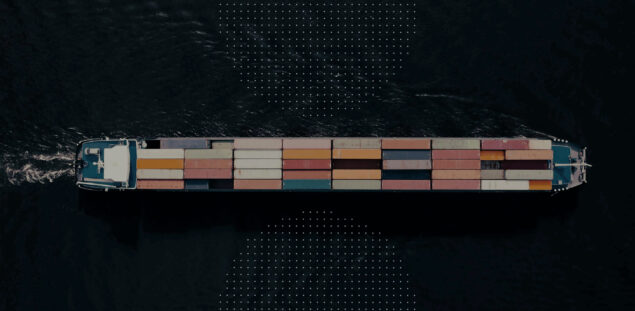Global regulations, ongoing export controls, and a very dynamic tariff landscape are contributing to the growing importance of supply chain risk management (SCRM). No longer “just” the responsibility of one or two departments, SCRM increasingly requires an enterprise-wide approach.
Our analyst team compiled a number of helpful guides and sample investigations to help teams navigate the rapidly evolving compliance landscape and develop a comprehensive corporate approach to SCRM. Here are a few of our top insights, organized around three central themes.
Tariffs Come to the Forefront
Few topics have commandeered the news in early 2025 like the subject of tariffs. While the tariff landscape has been fluid, organizations can take preliminary steps to optimize supply chains and mitigate tariff exposure.
Proactive Measures to Navigate the New Tariff Landscape – Discover steps your organization can take to maintain agility amidst the evolving tariff landscape, and get details on tariff stacking and levers you can employ to change your tariff responsibility.
Finding Alternative Suppliers in a Changing Tariff Landscape – Learn how to respond to increases in tariffs by using Sayari Graph to identify a list of potential alternatives that will lower costs and risk exposure.
Supply Chain Mapping Use Cases Span the Organization
The need for supply chain mapping is expanding across the organization to include the risk and compliance, sourcing, procurement, and legal teams. Visibility and transparency are now table stakes as organizations look to comply with regulations, meet corporate sustainability goals, and respond to tariffs.
Ensuring Forced Labor Compliance in Automotive Supply Chains – Learn how OEMs can identify indirect exposure to forced labor risk and achieve greater supply chain resilience.
Podcast: Rhea Rakshit on Building Ethical Supply Chains – Hear how organizations are maximising efficiency by moving from siloed compliance to a company-wide approach and how human-centered design is transforming modern supply chain technology.
Masterclass: Uncovering Hidden Forced Labor Risk in Supply Chains – Discover practical techniques for identifying exposure to hidden forced labor risk in the supply chain using corporate ownership and trade data.
EU Actions Have Global Impact
New European Union (EU) regulations have rapidly approaching implementation deadlines. These regulations expand due diligence, forced labor compliance, and deforestation mitigation requirements not just for EU-based organizations, but also for those doing business in the EU. The impact of these regulations has already begun to ripple through supply chains worldwide. For example, the EUDR will impact how organizations around the world document their environmental impact, and the EUFLR will increase due diligence requirements to capture the complete upstream supply chain.
Meeting Due Diligence Requirements of the EUDR, CSDDD, and EUFLR – Review a summary of each regulation, where regulation requirements overlap, and learn how to use technology to meet due diligence requirements.
Three Ways Sayari Helps Organizations Comply with EU Sanctions – Identify risk factors to help EU organizations and their subsidiaries ensure compliance with sanctions.
Everything You Need to Know About the EU Deforestation Regulation (EUDR) – Get tips to prepare for the new regulations’s mandatory due diligence rules for companies that want to place or export relevant products within the EU market.
Everything You Need to Know About the European Union Forced Labour Regulation (EUFLR) – Discover how to obtain visibility into the complete upstream supply chain to ensure products marketed in the EU are free of forced labor.
Sayari analysts will be continuing to investigate and document learnings and guidance as we move into the second half of 2025, and we look forward to sharing more about how the Sayari solutions can support organizations in navigating complex compliance challenges. Keep an eye on our Resource Center and LinkedIn page for more topical news coverage and tactical guides to supply chain risk management.



